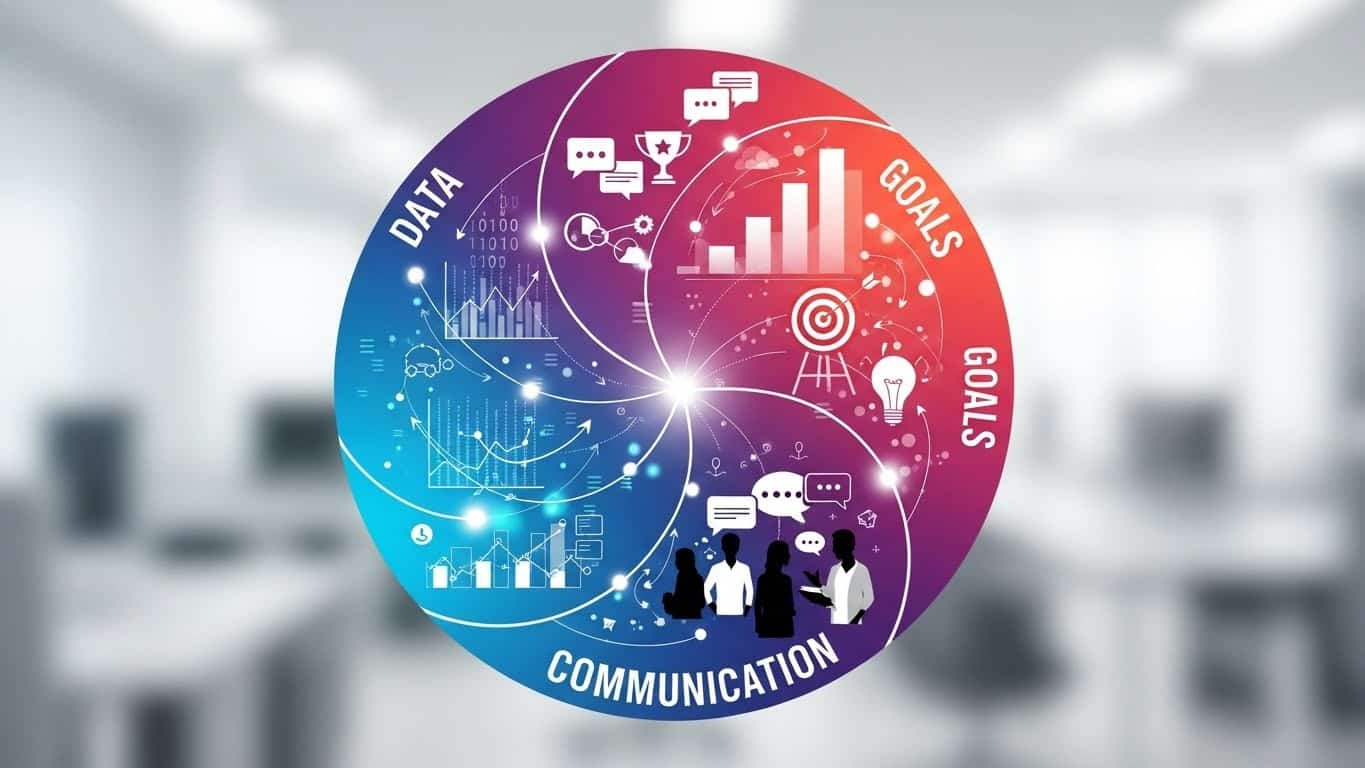Feedback Loops: The Importance of Continuous Feedback in Scaling
In the quest for business growth and scaling, one key strategy that stands out in 2024 is the effective use of feedback loops. Feedback loops involve continuously gathering, analyzing, and acting upon feedback from various stakeholders. This practice is not just a one-time initiative but a habit that needs to be ingrained in the company culture. Let’s explore how feedback loops can be pivotal for your business’s scaling journey this year.
Understanding Feedback Loops
Feedback loops are processes where the outputs of a system are recycled as inputs. In business terms, this means consistently collecting feedback from customers, employees, and partners and using this data to make informed decisions. As we step into 2024, creating a new habit around feedback loops can lead to more agile and responsive business strategies, keeping your business aligned with market demands and internal expectations.
The Role of Feedback in Business Scaling
- Identifying Improvement Areas: Regular feedback can uncover specific areas needing improvement. For example, customer feedback might reveal a need for an enhanced digital experience, leading to a revamp of your online platforms.
- Driving Innovation: Feedback loops are fertile grounds for innovative ideas. They provide direct insights into market needs and customer preferences, guiding your innovation efforts to be more targeted and effective.
- Ensuring Market Alignment: Continuous feedback helps ensure that your business strategies and offerings remain aligned with evolving market trends, especially crucial in the dynamic year of 2024.
- Employee Engagement: Employee feedback is vital in a scaling business. Cultivating a habit of regular feedback sessions can enhance engagement, retention, and productivity, all crucial for sustained growth.
- Building Customer Loyalty: Customers who see their feedback being valued and acted upon are more likely to develop loyalty, which is essential for organic growth.
Implementing Effective Feedback Loops in 2024
- Establish Regular Feedback Channels: Create and maintain structured channels such as online surveys, feedback forms, and regular team meetings dedicated to open discussions.
- Foster a Culture of Open Communication: Encourage a company culture where honest feedback is valued. This year, focus on breaking down barriers that hinder open communication.
- Responsive Action: Actively respond to the feedback you receive. Make it a habit to regularly review feedback, implement necessary changes, and communicate these back to stakeholders.
- Continuous Improvement: Use 2024 to establish a cycle of constant improvement. Measure the impacts of the changes made and be ready to adapt further, keeping the feedback loop active and dynamic.
Conclusion
As we embrace 2024, integrating feedback loops into your business practices can be a transformative step towards scaling effectively. By making continuous feedback a habitual part of your business strategy, you can drive improvement, foster innovation, and ensure that your company not only meets but anticipates market needs and internal growth dynamics.





